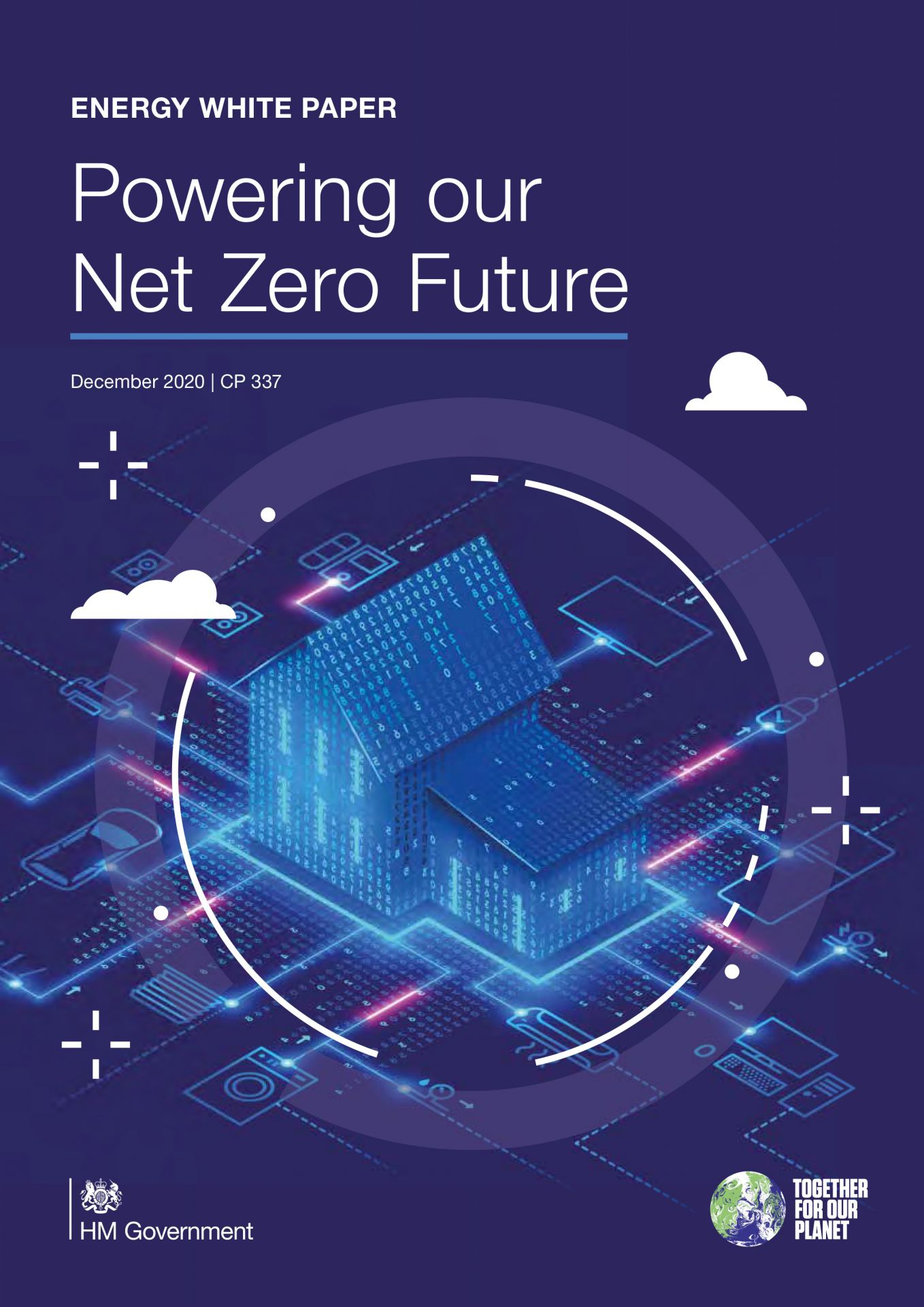NRC withdraws LLW rule interpretation
The Nuclear Regulatory Commission has withdrawn a proposed interpretation of its low-level radioactive waste regulations that would have permitted licensees to dispose of waste by transferring it to persons who hold specific NRC exemptions. “The proposal is being withdrawn based on the NRC staff’s assessment that the proposed changes may not benefit the regulatory framework for the disposal of low-level radioactive waste,” the NRC said in a December 17 Federal Register notice.
After releasing the proposed rule for public comment on March 6, 2020, the NRC received about 200 individual comment submissions and approximately 15,000 form letter submissions, the vast majority of which were in opposition to the proposed rule.
“We have strongly disputed the argument by various groups who misrepresented the proposal as deregulation of radioactive waste disposal,” NRC spokesperson David McIntyre told the Courthouse News Service. “This would not have changed anything, just made an existing case-by-case approval process more efficient.”




 The levelized costs of electricity generation from low-carbon technologies, including nuclear, are dropping and are increasingly below that of conventional fossil fuel generation, concludes a new report from the International Energy Agency and the OECD Nuclear Energy Agency (NEA).
The levelized costs of electricity generation from low-carbon technologies, including nuclear, are dropping and are increasingly below that of conventional fossil fuel generation, concludes a new report from the International Energy Agency and the OECD Nuclear Energy Agency (NEA). Jack Steinberger, a Nobel Prize–winning scientist with a distinguished career in experimental physics,
Jack Steinberger, a Nobel Prize–winning scientist with a distinguished career in experimental physics,  The January/February 2021 issue of
The January/February 2021 issue of 




 A 170-page energy white paper,
A 170-page energy white paper, 